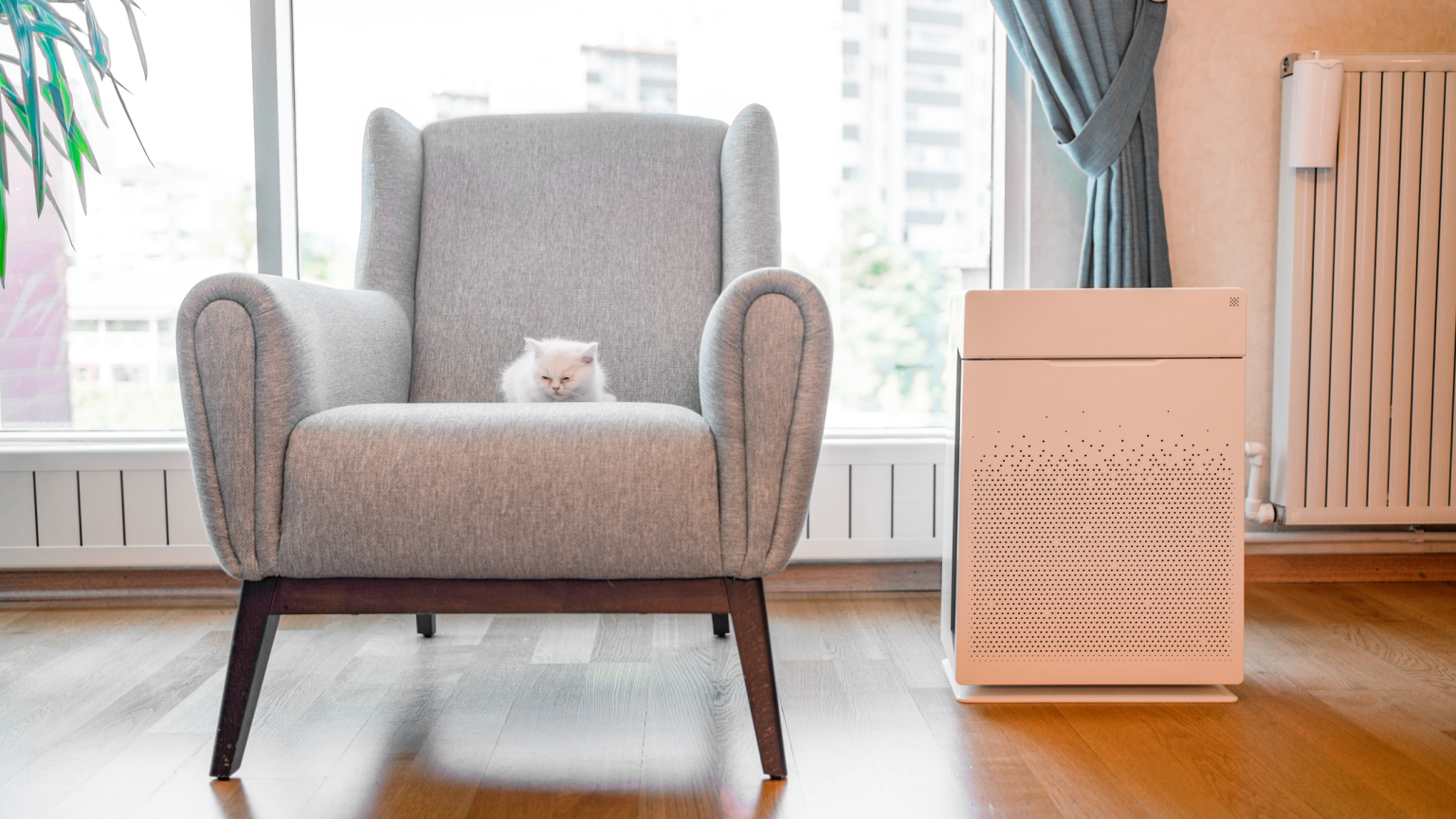Poor indoor air quality poses a significant threat to our health and well-being. Contrary to common belief, even seemingly well-sealed homes can be infiltrated by outdoor pollutants such as carbon monoxide and particulate matter, further compounding the issue. Indoor sources, including pet dander, mold, volatile organic compounds (VOCs) emitted from various household products and materials, and environmental tobacco smoke, also contribute significantly to the problem. This toxic cocktail of pollutants can lead to a range of adverse health effects, from mild irritations like headaches, dizziness, and irritation of the eyes, nose, and throat, to more severe and long-term health problems. Therefore, actively monitoring and improving indoor air quality is crucial for protecting our health.
Several strategies and readily available products can significantly improve indoor air quality. Air purifiers equipped with HEPA filters effectively remove allergens like dust, pollen, pet dander, and even microscopic bacteria and viruses. For real-time assessment of indoor air quality, air quality monitors offer valuable insights into pollution levels and sources, allowing for targeted interventions. Dehumidifiers play a vital role in controlling humidity levels, thereby preventing the growth of mold and mildew, common allergens and irritants. Furthermore, upgrading HVAC filters to MERV 13 or higher ratings enhances the system’s ability to capture smaller particles, providing cleaner air circulation.
Proper ventilation is another essential aspect of maintaining healthy indoor air quality. Installing or utilizing exhaust fans in bathrooms and kitchens helps remove excess moisture, stale air, and odors, preventing the buildup of pollutants. Range hoods, especially those with powerful suction, are particularly effective in eliminating cooking fumes and odors from the kitchen. For a portable solution, portable air hoods offer a convenient way to improve kitchen air quality without the need for installation.
Beyond mechanical solutions, natural methods can also contribute to cleaner indoor air. Introducing air-purifying plants, such as spider plants and snake plants, can help filter certain harmful compounds like formaldehyde and xylene from the air while adding a touch of greenery to the indoor environment. Furthermore, switching to non-toxic cleaning products eliminates the introduction of harsh chemicals like ammonia, chlorine, and phthalates into the indoor air, reducing respiratory irritation and potential long-term health risks. Dr. Bronner’s all-purpose cleaner serves as an excellent example of an effective and safe cleaning alternative.
Several products available in the market address specific indoor air quality concerns. The IQAir air quality monitor provides comprehensive real-time data on various pollutants, enabling identification of pollution sources and fluctuations. The SwitchBot Meter Pro offers a more compact solution, measuring carbon dioxide levels, temperature, and humidity. For air purification, the AirDoctor, with its UltraHEPA filter, and the Coway AirMega AP-1521HH Mighty air purifier are effective choices.
To manage humidity, the Frigidaire portable dehumidifier and the Humsure dehumidifier offer efficient moisture removal solutions. For enhanced HVAC filtration, MERV 13 filters and Filtrete filters provide superior particle capture capabilities. Effective ventilation solutions include the Broan-NuTone Roomside Series Exhaust Fan for bathrooms and a range hood from Home Depot with advanced control features for kitchens. A portable air hood offers a more flexible kitchen ventilation option. Finally, Levoit offers both warm and cool mist humidifiers with advanced features like app control and humidity sensors. These products, combined with a holistic approach to indoor air quality management, create a healthier and more comfortable living environment.

